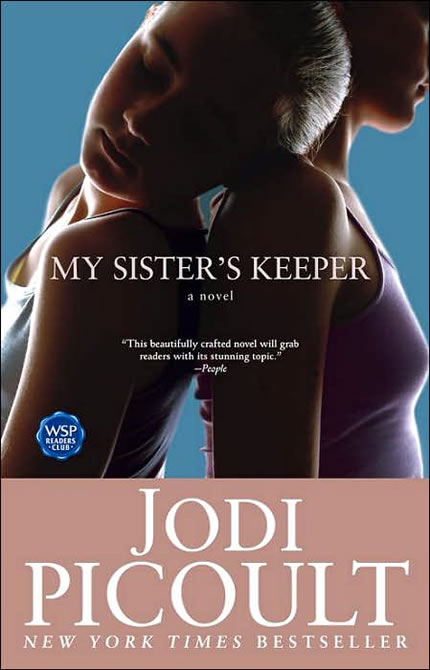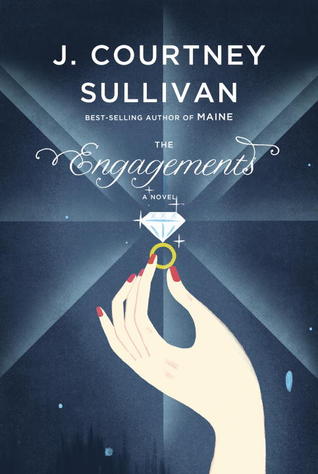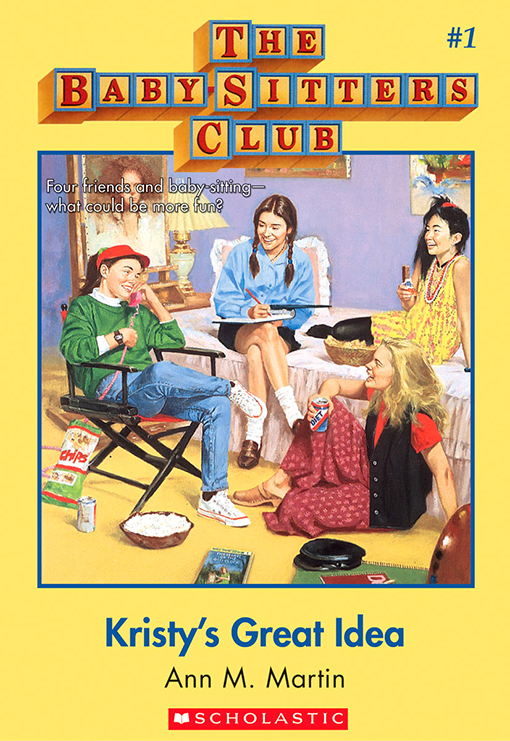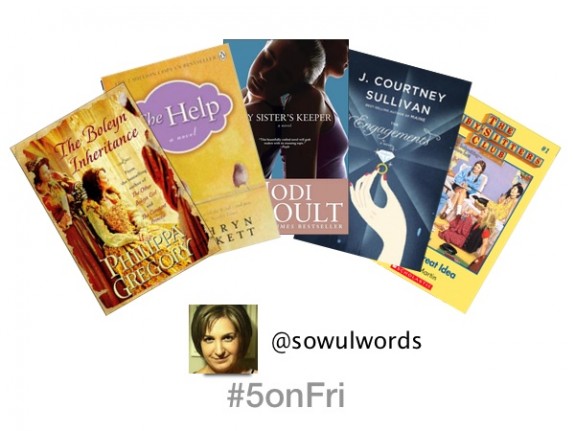While in the process of nudging my first novel toward publication, I gave it to a bestselling nonfiction author to read. Although he gave me some excellent advice, he prefaced his list of edits with this: “You need to change your point of view. Multiple perspectives never work in novels.” It was like someone was telling me, “Chocolate chip cookies are never good,” or “No one has fun on beach vacations.” I have loved multiple-perspective novels since… well, since I first started reading chapter books.
The writers of those novels are the ones I most respect and desire to emulate. Was this author telling me that none of those novels, some of them major bestsellers, “worked?” While I did end up taking some of this author’s advice on my manuscript, I remain devoted to the multiple-perspective point of view. (Quick definition time: “multiple perspective” refers to more than one narrator, written either in first or third person, usually alternating by chapter or section.) Reading and writing through the eyes of multiple characters allows exploration of all sides of a situation and fuller understanding of the relationships between characters, both of which can increase conflict and tension. It’s also a fantastic way for a writer to strengthen each character’s voice within the story.
For this week’s Five on a Friday, here are five multiple-perspective novels that inspired me to write my own:
 The Boleyn Inheritance
The Boleyn Inheritance
By: Philippa Gregory
This was the first book that prompted me to think, “I want to do this.” I loved the idea of portraying various points of view surrounding a historical event. In The Boleyn Inheritance, Henry VIII is running through more wives than he has castles to keep them. We see the story through the eyes of his two middle wives: the serious foreigner Anne of Cleves, and the flighty, immature Katherine Howard. The extreme contrast between these characters is seemingly moderated by the voice of Jane Boleyn, the sister-in-law of the already-beheaded Anne Boleyn, who seems sensible if callous at first, but slowly goes off the rails as she loses her power in the court. None of these characters would have carried a book by themselves, but weaving them together makes the story endlessly intriguing.
 The Help
The Help
By: Kathryn Stockett
It would be hard to find a more pitch-perfect expression of multiple voices than the characters in The Help. Skeeter, Aibileen and Minny could not be more diverse, from their racial and class differences down to their attitudes about education, cooking and marriage, and yet Stockett’s writing gives each character the strength stand on her own. The use of dialect and depth of backstory adds further layers to the characters’ voices. The novel is a beautiful marriage of interdependence and diversity.
 My Sister’s Keeper
My Sister’s Keeper
By: Jodi Picoult
Picoult is a master of the multiple-perspective POV, and I could reference any one of her books, but I chose My Sister’s Keeper because I think it best shows what can be accomplished with close family relationships in multiple perspectives. Teenaged Kate’s cancer is a poison that injects itself into every facet of her family’s life, and their reactions to her slow death, ranging from arson to filing lawsuits, are fascinating to read via first-person snapshots. Additionally, the character of Anna, who is trying to rid herself of the responsibility of donating organs to her sister, could easily be an unsympathetic character, but by reading her through her own eyes as well as those of her family members, we start to understand her true motives.
 The Engagements
The Engagements
By: J. Courtney Sullivan
This novel is a brilliant example of the use of multiple perspectives over time. Atypically, the point-of-view characters don’t interact with each other: their individual stories are linked across generations by a diamond engagement ring. The use of multiple perspectives here allows the reader to explore the changing culture and mindset of each generation through new eyes. The cast includes the originator of the “A Diamond is Forever” campaign; a war bride who first wears the ring to marry her first husband’s best friend; an inner-city ambulance driver to whom the ring means redemption; and a woman who opposes diamonds and marriage, but is put in charge of the ring for her gay friends’ wedding.
 The Babysitter’s Club Series
The Babysitter’s Club Series
By: Ann Martin
You can laugh, but the Babysitters Club, my favorite series as a pre-teen, inspired me to start my very first novel at age eleven, written from the points of view of four teenaged girls. (I never finished the novel, but it shows how multiple perspectives called to me even then!) True, each book in the Babysitters Club series is narrated by a single character, but they alternate across the series (and share custody of the Super Special editions). The diversity and individuality of this group makes each narrator a standout. While not on my list of influences, I would be remiss if I didn’t mention the currently super-hot Gone Girl by Gillian Flynn. Cross-referencing reliable and unreliable narrators to create mystery and suspense is another great use of multiple perspectives. Multiple-perspective not only “works” in novels, it can be a way to provide emotional complexity, showcase the element of voice, and explore all sides of a conflict.
I’d love to hear your favorite multiple-perspective novels!
Find me on twitter @sowulwords and use the hashtag #5ONFRI
![]() Leanne Sowul is a writer and teacher from the Hudson Valley, NY. Her website, Words From The Sowul, will be re-launching soon as a blog for writers. Leanne’s addiction to multiple-perspective is manifest in her completed historical novel, Triangle Fire (seeking agents now) and her work-in-progress, a YA novel about teens who live life according to literature’s rules.
Leanne Sowul is a writer and teacher from the Hudson Valley, NY. Her website, Words From The Sowul, will be re-launching soon as a blog for writers. Leanne’s addiction to multiple-perspective is manifest in her completed historical novel, Triangle Fire (seeking agents now) and her work-in-progress, a YA novel about teens who live life according to literature’s rules.







